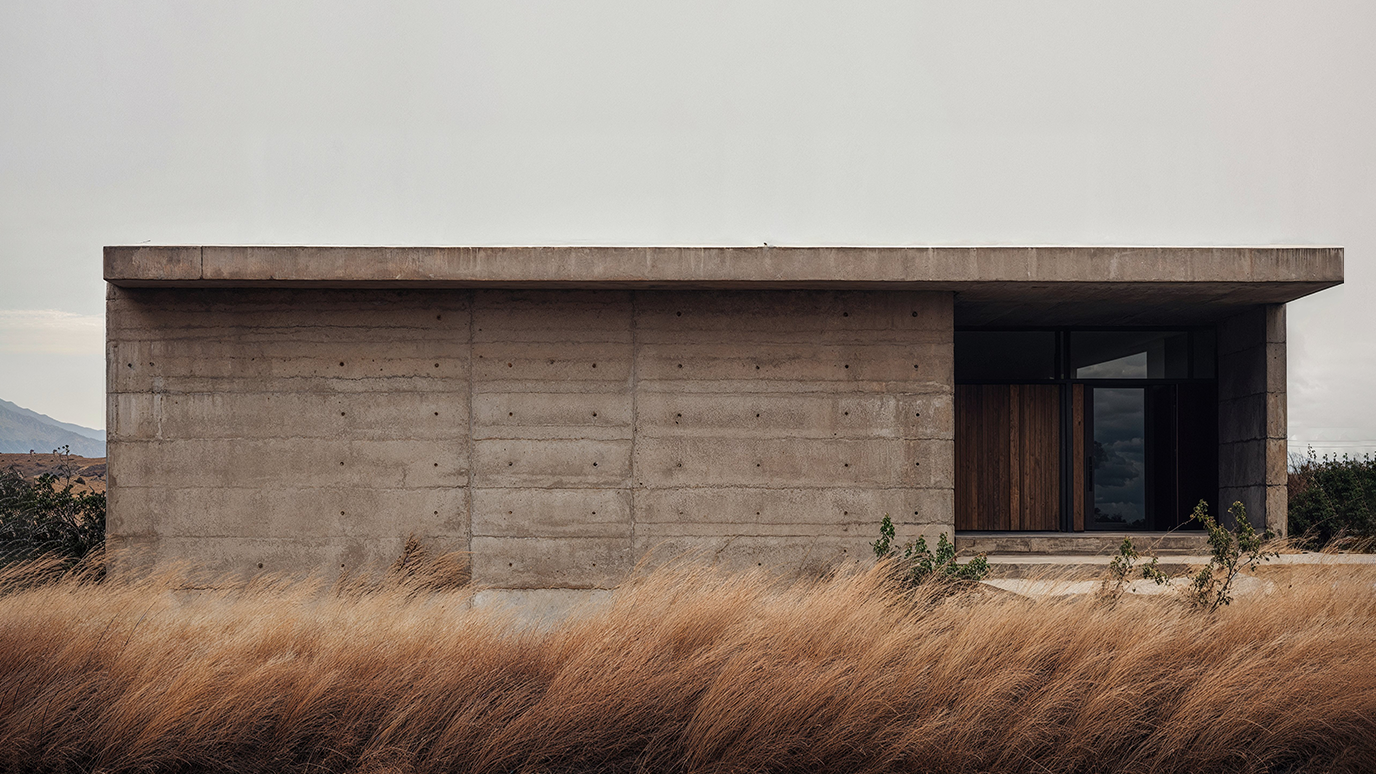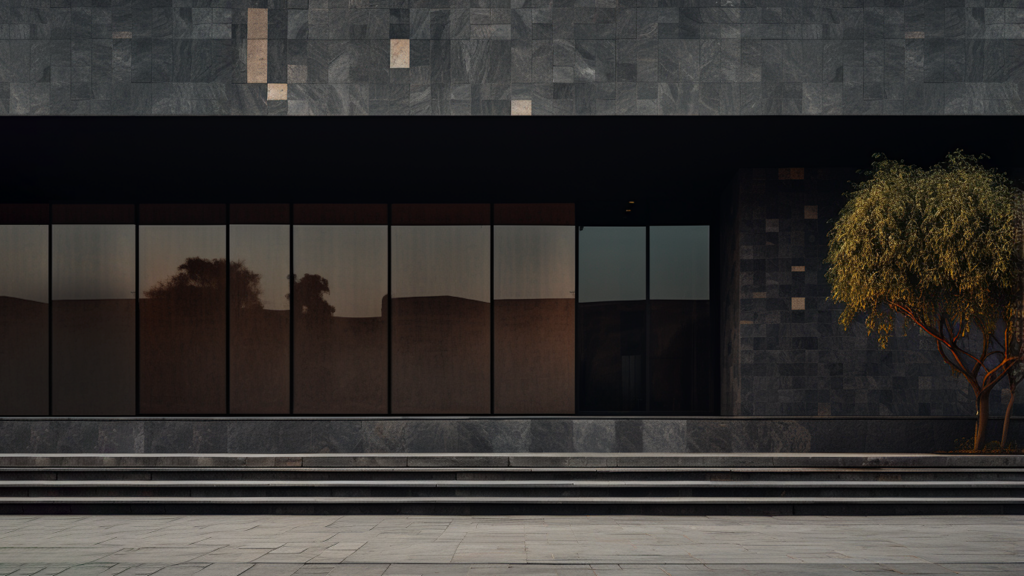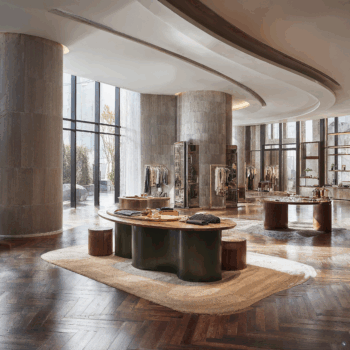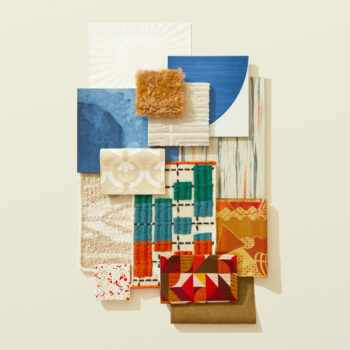
The building elements that go beyond structure.
In today’s world, the selection and implementation of architectural materials are pivotal in defining the aesthetic and functional aspects of a design. Architects and designers are constantly exploring a wide spectrum of materials, each with its own unique properties and characteristics, to create spaces that not only serve their purpose but also evoke specific emotions and experiences.
Glass, with its transparency and reflective qualities, has become a popular choice for modern facades, allowing buildings to blend with their surroundings while also creating striking visual effects. Glass also allows for ample natural light to enter, reducing the need for artificial lighting and creating a bright and inviting interior environment.
Concrete, once relegated to purely utilitarian purposes, has emerged as a star material in contemporary architecture. Its raw, industrial aesthetic is now celebrated, particularly in minimalist designs where it can be left exposed to showcase its natural beauty.
Reclaimed wood has seen a resurgence as a prominent material in contemporary architectural design. Sourced from old buildings, barns, and other structures, reclaimed wood brings a sense of history and character to modern spaces. Its weathered appearance and unique patina add warmth and texture, creating a rustic yet refined atmosphere. Architects and designers are drawn to reclaimed wood for its sustainability and environmental benefits, as it reduces the demand for new timber and helps to preserve forests.
Steel has transitioned from a purely structural role to a design element in its own right. With its strength and versatility, steel allows architects to create intricate and innovative designs, from striking facades to delicate interior details. Steel’s sleek and modern aesthetic adds a contemporary touch to architectural compositions, while its durability ensures longevity and resilience.
These materials not only serve a functional purpose but also add depth and narrative to architectural design. Each material tells a story, inviting viewers to engage with the built environment on a deeper level. In the 1950s, architect Paul Rudolph was famous for revealing the beauty of structural materials, as seen in the drawing below for his Temple Street Parking Garage in New Haven, built of reinforced concrete in 1959. When given thoughtful finishes, hardworking stone, steel, and wood have the potential to become stars of the project.
The choice of materials in architecture is a reflection of the architect’s love for materiality, where every selection is a building block in the larger story of a design, contributing to the overall aesthetic and experience of a space.


Read more about the Beauty and Benefits of Eco-Friendly Facades here.







